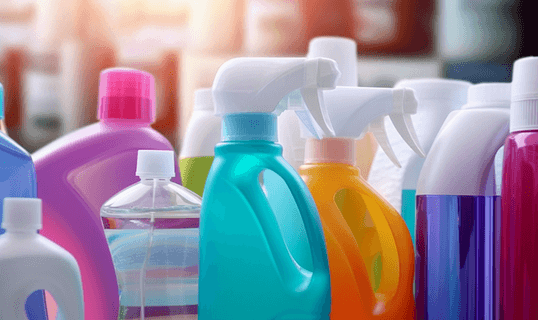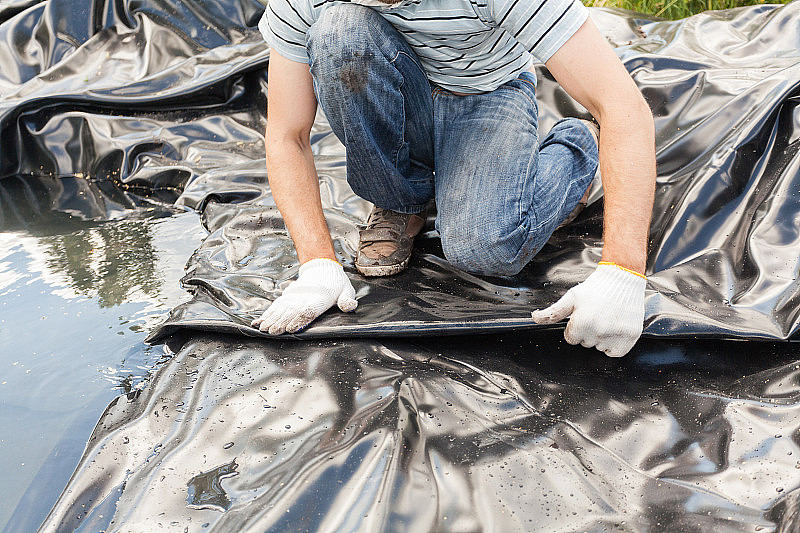Calcium zinc stabilizers are usually divided into: solid calcium zinc stabilizers and liquid calcium zinc stabilizers.
Calcium-zinc stabilizer is synthesized using a special composite process with calcium salts, zinc salts, lubricants, antioxidants, etc. as main components. It can not only replace toxic stabilizers such as lead, cadmium salts and organotin, but also has excellent thermal stability, light stability, transparency and tinting power. Practice has proven that in PVC resin products, it has good processing performance and thermal stabilization effect equivalent to lead salt stabilizers. It is a good non-toxic stabilizer.
The appearance of calcium zinc stabilizer is mainly white powder, flake, and paste. Powdered calcium zinc stabilizer is the most widely used non-toxic PVC stabilizer and is commonly used in food packaging, medical equipment, wire and cable materials, etc. At present, PVC calcium zinc stabilizers that can be used for rigid pipes have appeared in China.

The thermal stability of powder calcium zinc stabilizer is not as good as that of lead salt, and it has some characteristics such as lubricity, poor transparency and easy to spray frost. In order to improve its stability and transparency, antioxidants such as hindered phenol, polyol, phosphite and β-dione are often added to improve it.
The two major systems of calcium and zinc stabilizers are mainly divided into hydrotalcite system and zeolite system.
The price of powdered calcium and zinc stabilizers varies, and there is no standardized national standard to regulate it.
The appearance of liquid calcium zinc stabilizer is mainly light yellow oily liquid. There is not much difference in the stability between powder and liquid. Liquid calcium zinc stabilizers usually have greater solubility and good dispersion in PVC resin powder, and their impact on transparency is much smaller than that of powder stabilizers. However, liquid stabilizers have a greater risk of precipitation. A suitable solvent needs to be selected.

Liquid stabilizers are usually used in PVC products with a total plasticizer content greater than 10 to 20 phr.
Metal soaps and additives have greater solubility in solvents; low volatility, high flash point, low viscosity, colorless or light color, no odor, non-toxic or low toxicity. For example, liquid paraffin, white oil, diesel oil, spindle oil and other mineral oils are used as solvents. It is worth noting that some solvents contain polycyclic aromatic hydrocarbons. According to the relevant provisions of Section 30 of the German Food and Commodity Act (LMBG), the maximum allowable limit of total PAH is 10mg (10PPM), BaP benzo(a)pyrene The maximum allowable limit is 1mg (1PPM), and some countries in the EU are also preparing to adopt this standard. The auxiliary stabilizer itself does not have a thermal stabilization function, but it can improve the stabilization efficiency. Because there is no cadmium single-component assistance, the main phosphites, epoxy compounds, phenolic antioxidants, β-diketones and other auxiliary substances are appears to be particularly important.
It has good dispersion, compatibility, and processing fluidity during processing with PVC resin, wide adaptability, and excellent surface finish of the product; excellent thermal stability, small initial hue, and no precipitation; does not contain heavy metals and other toxic ingredients , no vulcanization phenomenon; Congo red has a long test time, excellent electrical insulation, no impurities, and efficient weather resistance; wide application range, strong practicability, low dosage, and multifunctional; among white products, the whiteness Better than similar products.

Variety specifications and uses
According to different uses, there are different varieties of calcium-zinc composite stabilizers: CZ-1, CZ-2, CZ-3, etc., which are respectively used for pipes, profiles, pipe fittings, plates, injection molding, blown films, cable materials and other plastic products. .
Problems that must be solved when calcium and zinc stabilizers replace lead salts
Liquid calcium zinc stabilizer is a complex of calcium zinc organic salts, phosphites, polyols, antioxidants and solvents. Liquid calcium zinc stabilizer has good compatibility with resins and plasticizers, good transparency, is not easy to precipitate, requires less dosage, and is easy to use. The main disadvantages are poor lubricity, lowering the softening point of the product, and deterioration during long-term storage.
The main solid calcium-zinc soap stabilizer is stearic acid soap, followed by lauric acid soap and oleic acid soap. The product is characterized by good lubricity, does not reduce the softening point of PVC hard products, and is suitable for processing rigid PVC pipes and special profiles.

The products obtained and processed using micro-emulsification technology overcome the above shortcomings. People focus on improvement from two aspects: in order to improve the initial coloring, add a sufficient amount of zinc soap, and use chelating agents to make zinc chloride harmless. This kind of To form a high-zinc formula: Reduce the amount of zinc soap to suppress zinc burning, and use additives to change the initial coloration. This approach becomes a low-zinc formula. , not only widely used in soft products, its thermal stabilizing effect and transparency have been recognized, but also successfully used in the processing of hard products. In order to keep the initial coloration of the calcium/zinc system very small and suppress zinc burning.
Generally, lead salt is only attached to the surface of PVC particles, and its effect is equivalent to hindering the fusion between PVC particles, which will significantly delay plasticization, reduce the friction between PVC particles, reduce the shearing effect within PVC, and the processing equipment will bear a lower load. The more lead salt is used, the finer the particles of lead salt, the more obvious the secondary effect will be.

Traditional environmentally friendly products such as calcium zinc stabilizers, during the plasticization process, due to their large electronegativity, the polar groups have a certain affinity with the acute nodes of the PVC resin, forming a combination with a strong bond energy, thereby weakening or The attraction of ionic bonds in each layer of PVC is eliminated, so that the intertwined segments of PVC are easy to diffuse, and the boundaries between molecular groups are easily reduced, which promotes the plasticization of PVC resin. This causes the melt pressure to increase rapidly, the melt viscosity to decrease, the temperature to increase, and the plasticizing temperature to decrease after the resin is partially plasticized in the feeding section. The resin is over-plasticized again.
And because traditional PVC processing equipment is used for processing using lead salt stabilizers, even adding a sufficient amount of lubricant cannot prevent the resin from further plasticizing within a sufficient time, and it destroys the original lubrication balance. In the later stage of use, the PVC melt consumes a large amount of heat stabilizer in the homogenization section, and at the same time, it cannot achieve the ideal viscosity and elasticity to meet the production needs of rigid PVC. This is a problem that calcium zinc stabilizers must solve when replacing lead salts.

CH400, CH401, CH402 calcium zinc composite heat stabilizer is an environmentally friendly, high-efficiency, multifunctional liquid calcium zinc composite heat stabilizer. It has excellent thermal stability and transparency. It will not cause surface precipitation or migration when used in PVC products. It has better effects when used in combination with heat-resistant oil, epoxy methyl ester, and epoxy soybean oil. It is suitable for PVC slurry processing and is widely used in PVC processing processes such as slush molding, coating, and dipping.
This product not only has good compatibility and viscosity control, but also provides good initial coloring and color retention. This product has proven to be an excellent heat stabilizer. It has good compatibility, low volatility, small migration, and good light resistance. It is suitable for PVC product industries such as soft pipes, granulation, calendered films, toys, conveyor belts, advertising cloths, and wallpapers.
(1)It can replace organotin stabilizers and lead salt stabilizers to meet the environmental and health requirements of non-toxic wires and cables;
(2) It has excellent initial whiteness and thermal stability, and is resistant to sulfide pollution;
(3)It has good lubricity and unique coupling effect, giving the filler good dispersion, improving the wrapping with the resin, improving product performance, reducing mechanical wear, and extending the service life of the equipment;
(4) It has both toughening and melting promotion functions, and has good plasticizing fluidity;
(5) It can give PVC mixture good uniform plasticization and high-speed melt fluidity, making the surface of the product smooth.
Recommended dosage: 2-5 PHR of the total amount of mixture



